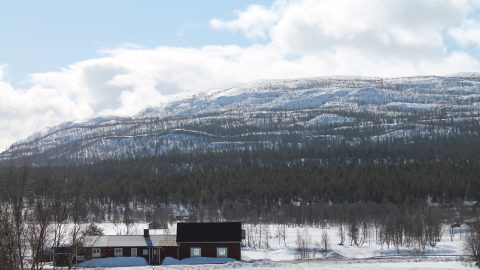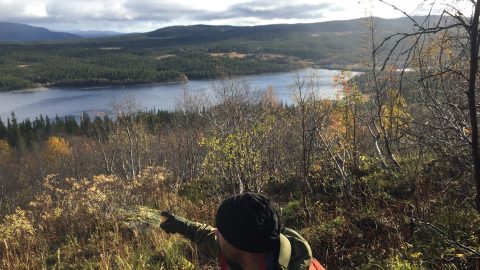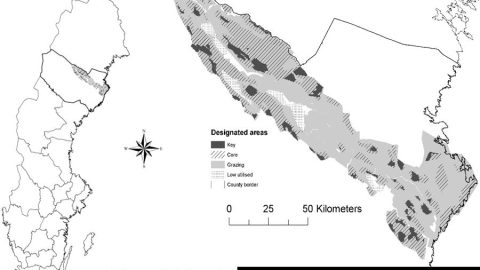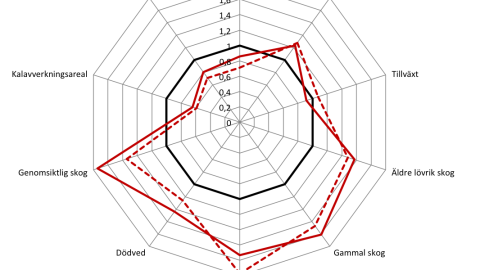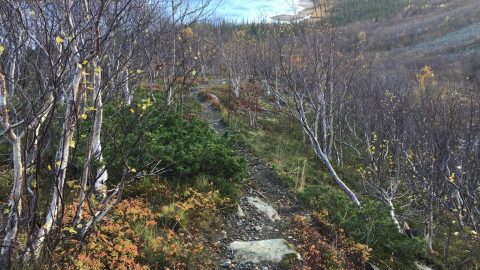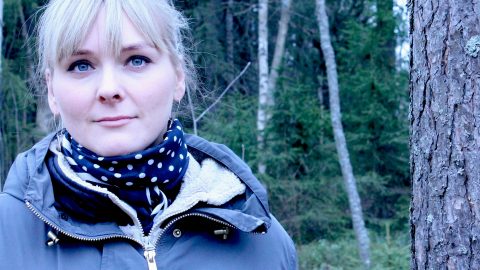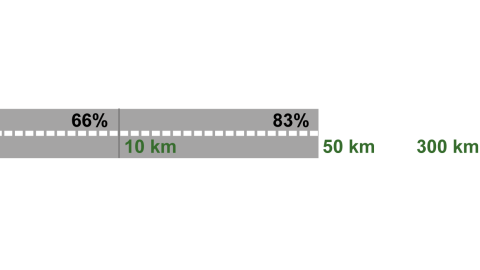Focus political labor-market measures on the availability of complementary manpower in rural areas to give fast-growing companies better chances of survival. Fast-growing companies are an important resource for creating job opportunities in rural regions. They can be found in all…

Day: 8 May 2017
Ecological values increasingly important, but production prevails
Between 1990 and 2010 the group of forest owners changed in many ways, increasingly coming to resemble the general population. However, this change is not noticeable in how forests are managed. The period between 1990 and 2010 saw an increase…
Forestry adapted to reindeer husbandry good for carbon sequestration
Forest management that is adapted to the reindeer husbandry leads to an increased standing volume and larger carbon sequestration in the forest as well as improved conditions for reindeer grazing, but also to a reduced potential for felling, employment, and revenue…
How forest is managed cannot be thrown into one big pot
Taking into consideration how forest owners actually intend to manage their forests, felling volumes will be 14% lower in the future while ecological values will benefit. Forest owners manage their forests in different ways. Management strategies can vary from nature…
Conflicts remain between production and nature conservation
Overall, production and nature conservation hold fast to their different goals for forest management, despite numerous long discussions about appropriate methods and the degree of set-aside. However, there are certain small changes where the two interest areas meet. A great…
Forest owners and the public agree on the forest’s economic value
While the general public rates the forest’s ecological and social values the highest, the public and forest owners nonetheless highly agree on the significance of the forest’s economic value. All forms of land use generate tensions between economic development and…
There is not a countryside, there are many
There is a prevailing view of the countryside that is generalized, and at times dark, as areas that exist merely for the cities and seldom as areas with their own innate value. Such a view causes one to miss the…
Who are forest owners and where do they live?
The typical forest owner lives in the same municipality where his/her forest property is located, has no more moves planned, and is a bit older than the general population. The new forest owner tends to be a younger woman, with…

